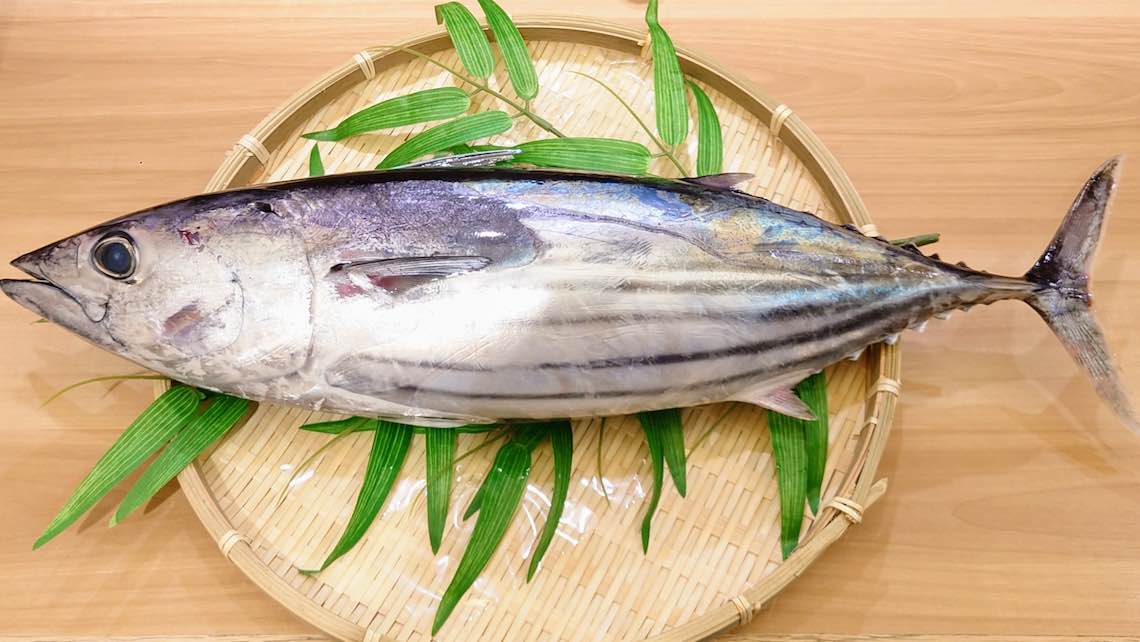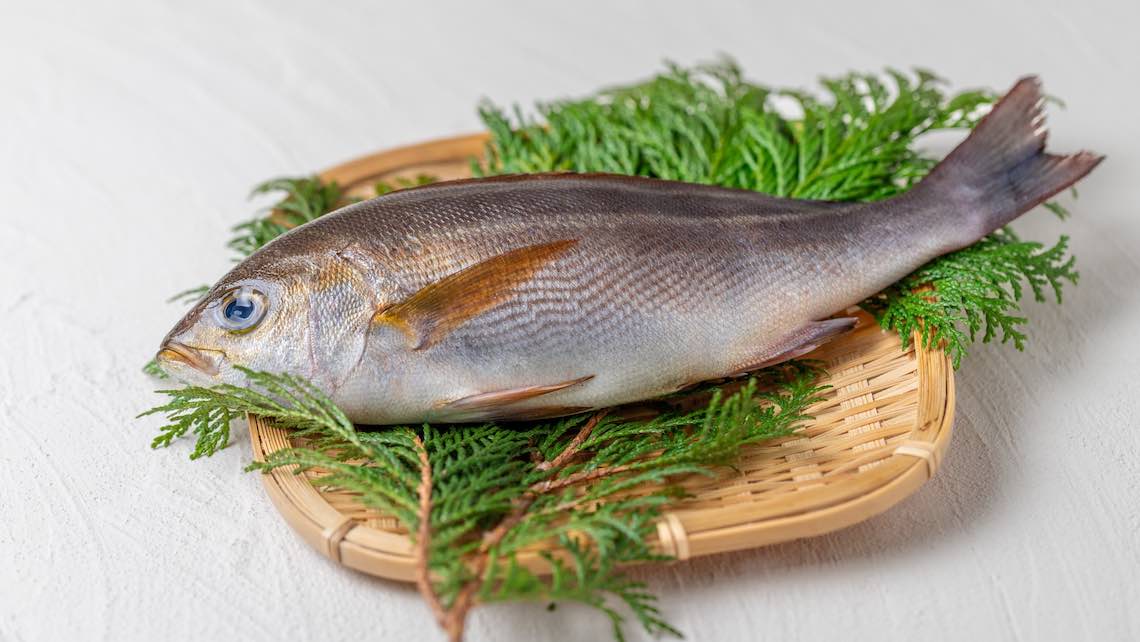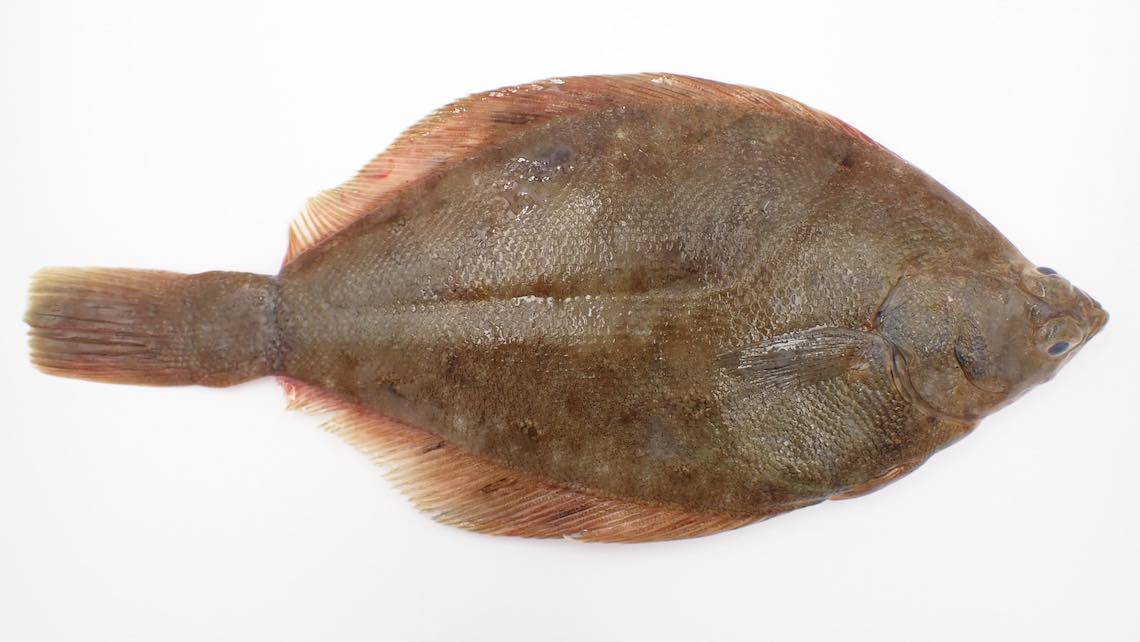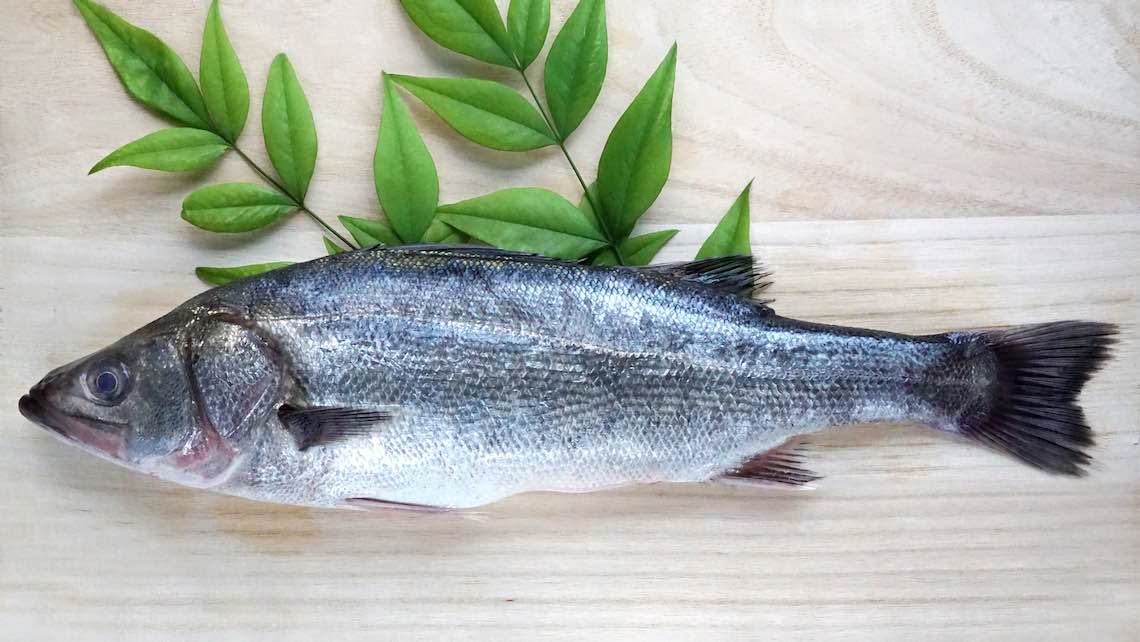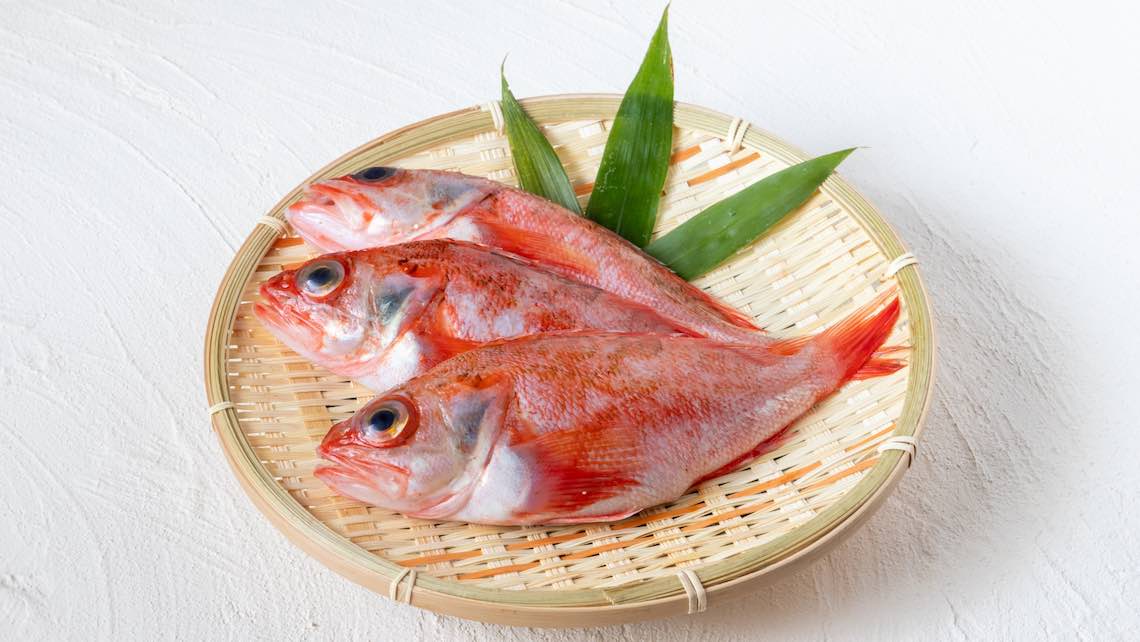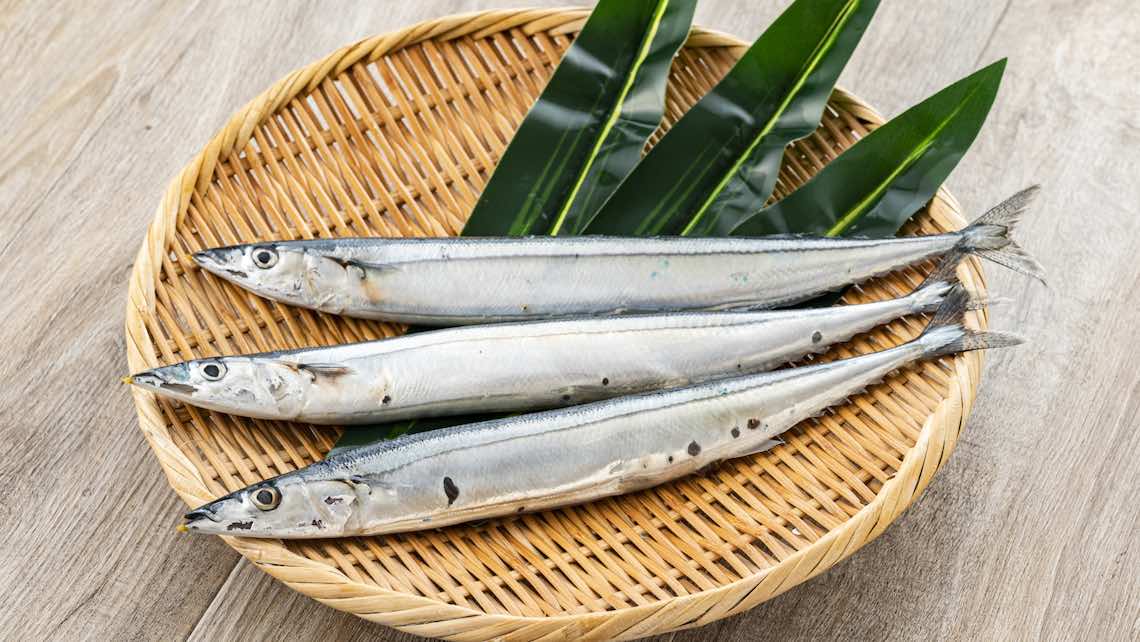Sardine [Iwashi]
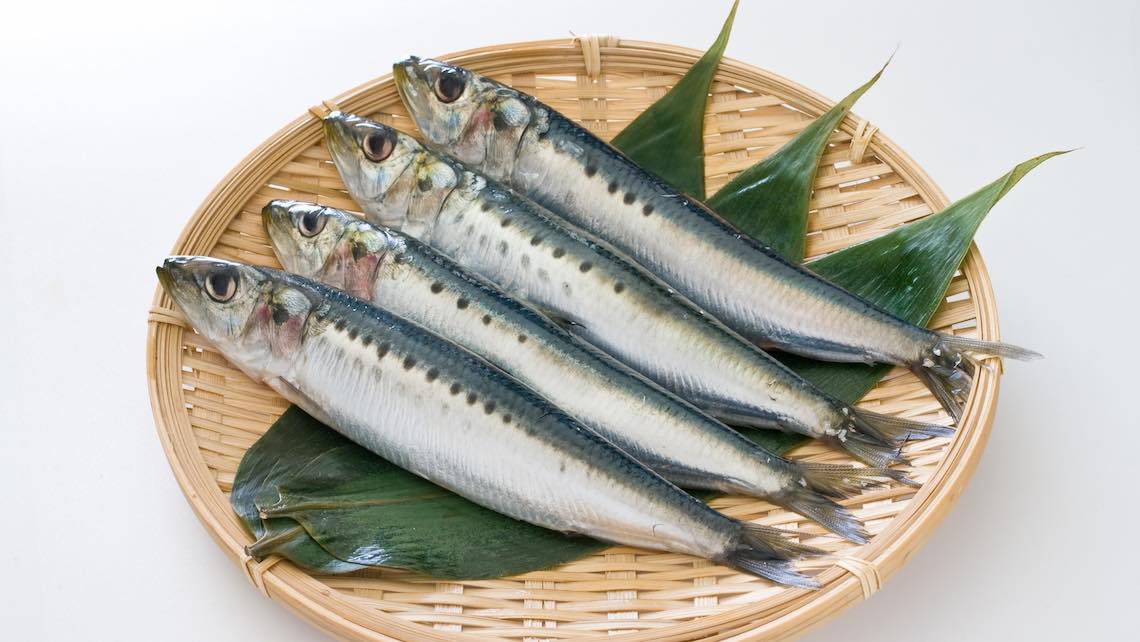
Japanese Name and Pronunciation:

[iwashi]
Iwashi, also known as sardine, holds a significant place in Japanese cuisine. It is a small, oily fish that is widely consumed and appreciated for its rich flavor and nutritional benefits. The peak season for Japanese iwashi is from around June to October.
In Japanese cuisine, iwashi is utilized in various ways due to its versatility. In sushi, it is often enjoyed as nigiri. It can be enjoyed in different preparations, including grilled, simmered, deep-fried, and pickled. The fish’s high oil content contributes to its distinct taste and moist texture, making it a popular choice for flavor-packed dishes.
Grilled iwashi, known as “shioyaki,” is a common method of preparation. The fish is seasoned with salt and cooked over an open flame or on a grill, resulting in a slightly charred exterior and tender flesh. It is often served with a squeeze of lemon or a drizzle of soy sauce to enhance its natural flavors.
Iwashi is also frequently used in Japanese cuisine for making broth or stock, such as “niboshi,” which is dried baby sardines. These small fish are simmered to extract their umami-rich flavors, creating a base for soups and sauces. The resulting broth, often combined with soy sauce and other seasonings, forms the backbone of dishes like miso soup and noodle broths.
Additionally, iwashi is commonly pickled and enjoyed as a condiment or side dish. Pickled iwashi, called “shimesaba,” undergoes a process of marinating in vinegar or a mixture of vinegar and soy sauce. The pickling process adds a tangy and slightly sweet taste to the fish, making it a refreshing accompaniment to rice, sushi topping or enjoyed on its own.
From a nutritional standpoint, iwashi is highly regarded for its high omega-3 fatty acid content, which is known to offer various health benefits, including promoting heart health and reducing inflammation. It is also a good source of protein and essential minerals.
![Sardine Sushi [Iwashi]](https://itadakimasu-japan.com/wp-content/uploads/2023/07/iwashi_sushi-320x180.jpg)



